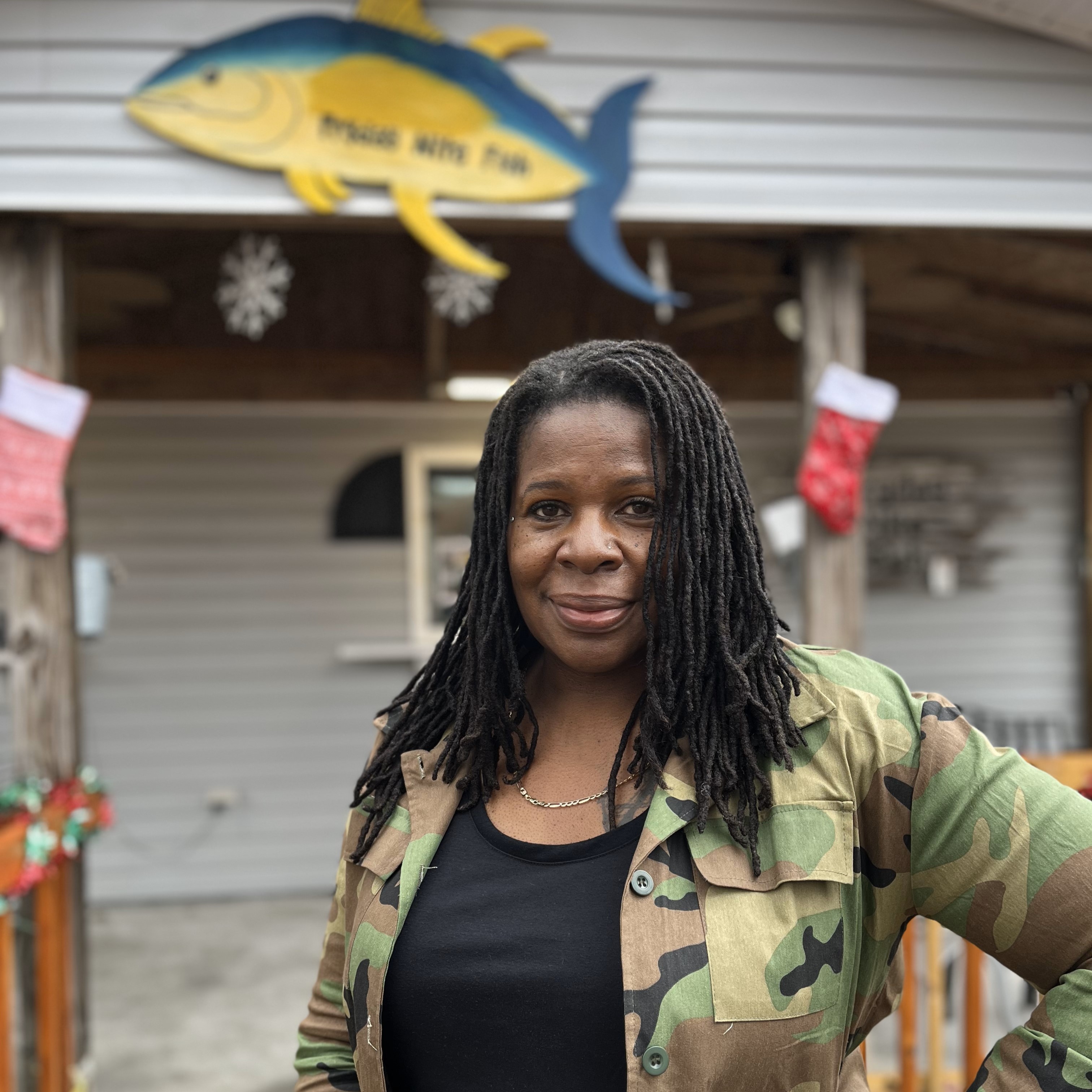A fish for all occasions

A Quest for the Heart of the Local Seafood Lover
Many North Carolina seafood lovers still enjoy cooking their favorite dishes in their own kitchens — but where is the North Carolina seafood market headed? The answer is complicated.
BY DAVE SHAW
Soccer moms with grocery bags brimming with Hamburger Helper and Ramen noodles. Millennials who scoop ready-to-eat meals and gulp them down on the move. Fitness fanatics intent on fueling the Body Temple with healthy, pure, protein-rich diets. Aficionados of high cuisine, lovers of the dining experience, and the chefs who prepare their meals with flair. Husbands, wives, retirees in aprons — a pinch of spice always between thumb and forefinger — whose cooking remains a lifelong labor of love.
Is it possible for local seafood to satisfy these and the many other sorts of guzzlers, diners and devourers that shape the contemporary American food scene?
“Consumer research has shown that with today’s busy lifestyles people are searching for freshly prepared food options that are convenient to prepare and eat anywhere, especially at home,” says Barry Nash, North Carolina Sea Grant’s seafood marketing specialist. “But does this really apply to the local seafood market — and, if so, what does it mean for our state’s seafood producers and retailers?”
To find out, Nash went to the self- proclaimed fastest distributor of local seafood in the Raleigh-Durham-Chapel Hill area. Locals Seafood Company only sources its fish from points within a three-hour drive of the Triangle.
While apt for its simplicity, the Locals name alone doesn’t evoke an unmistakable element of efficiency — until, that is, you do business with them. The company has developed such a smooth-running supply chain from coastal North Carolina that Triangle restaurateurs can have fish on your plate within 24 hours of that same fish swimming in the Atlantic.
“That’s about a third of the turnaround time of our quickest competitors,” says Locals co-founder Ryan Speckman. “Freshness and quality are the main reasons local chefs rely on us for seafood.”
Nash says North Carolina’s seafood comes with built-in consumer appeal.
“There’s an obvious functional aspect to eating local seafood,” he says. “Consumers equate quick turnaround, from sea to table, with freshness. Plus, North Carolinians can support local producers — and get the highest quality cuts.”
Locals Seafood is booming. Less than a decade ago, Speckman and college buddy Lin Peterson started the enterprise by selling Stumpy Point shrimp out of a tailgate cooler on the side of the highway. Today, not only is Locals supplying more than four dozen chefs across the Triangle, Speckman and Peterson’s company additionally stocks a dozen grocers and regularly provides foodies with homegrown choices at farmer’s markets.
They also serve their own retail customers at Locals Oyster Bar and Seafood Market, an airy, hip, even trendy space in the Transfer Company Food Hall in downtown Raleigh. There, a massive floor fan rumbles on summer days, evoking a dockside restaurant, while customers devour authentic offerings from chef Eric Montagne, whose father taught him to fish in the south Florida seaways.
In search of the highest quality product, Locals’ seafood lovers can experience the difference between Woccocon and Slash Creek oysters, for instance, as well as enjoy much more from a wide sampling of both well-known and underappreciated fish. In many ways, the company is helping to maintain the state’s seafood as a vibrant niche market.
Nash says the North Carolina seafood market is brimming with potential, yet certain to face ongoing challenges.
“There’s a growing, global demand for seafood,” Nash explains. “But there’s also a finite supply of local products, an aging population of the fishing fleet, and quotas designed to keep fisheries sustainable, limiting catch sizes. It’s never been more important to identify exactly what consumers want.”
What do these challenges mean for Locals Seafood?
“We may need to change things,” Speckman says. “If we want to maintain our mission, we have to know how we can we squeeze every penny out of the local seafood market.”
To do that, diagnosing available market opportunities is critical — which is how Speckman, Peterson and Nash came to join forces on a quest for the heart of the North Carolina seafood consumer.
Article and photos continue here





